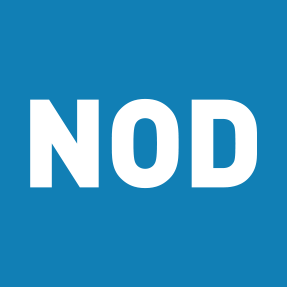
Disability Benchmarks
RESULTS FROM THE 2017 DISABILITY EMPLOYMENT TRACKER
Benchmarks and trends in corporate employment practices aggregated from companies participating in the 2017 Disability Employment Tracker™, NOD’s confidential, annual survey.
View the infographic | Text-only
WHAT IS THE TRACKER?
The Disability Employment Tracker™ examines five essential inclusion areas:

To discover how businesses are progressing in their disability inclusion journey:

WHO TAKES THE TRACKER?
In 2017, the Tracker measured practices and outcomes of 175+ companies—that together employ over 10.1 million workers.

PROGRESS AGAINST GOALS
The most important disability inclusion driver is getting and keeping talent.
Progress is slow: On average, workforce representation of people with disabilities is below the Dept. of Labor target of 7%; only 7% of companies have reached that target.

Certain industries are leading the way in adopting disability inclusion best practices. The 2017 performance average of all companies is 62 percent.

LEADING PRACTICES
Companies with a higher than average representation of people with disabilities (> 4%) share these practices:

GAPS
Disability still lags behind overall diversity in some areas, like employee resources groups and public promotion by senior leaders.


Communication campaigns to raise disability self-identification rates not widely used and not generating expected outcomes, suggesting improvements are needed.


VETERANS
Veteran inclusion practices are trending high, but target employment outcomes remain low.

ADVANCE YOUR WORKFORCE
Haven’t taken the Tracker yet? Sign up today. Access extensive benchmarking and leading practices customized to your business goals with the Disability Inclusion Accelerator.
The Disability Employment Tracker™ was developed in partnership with The National Business and Disability Council at The Viscardi Center and Mercer-Sirota.
